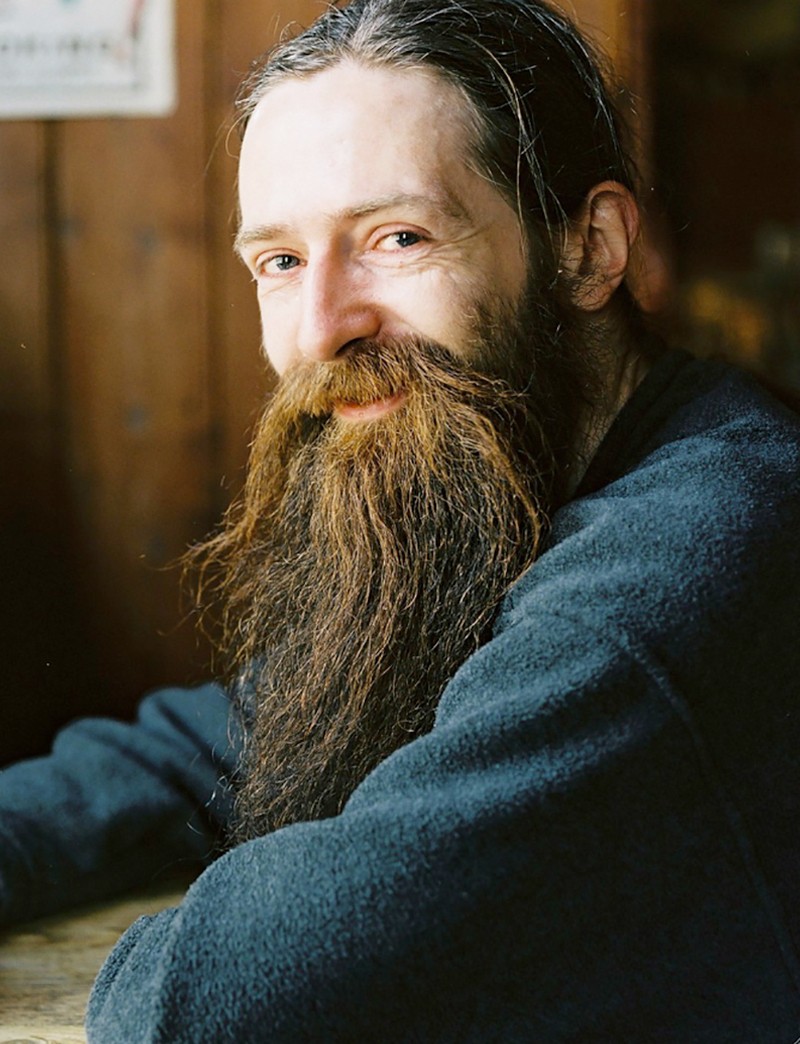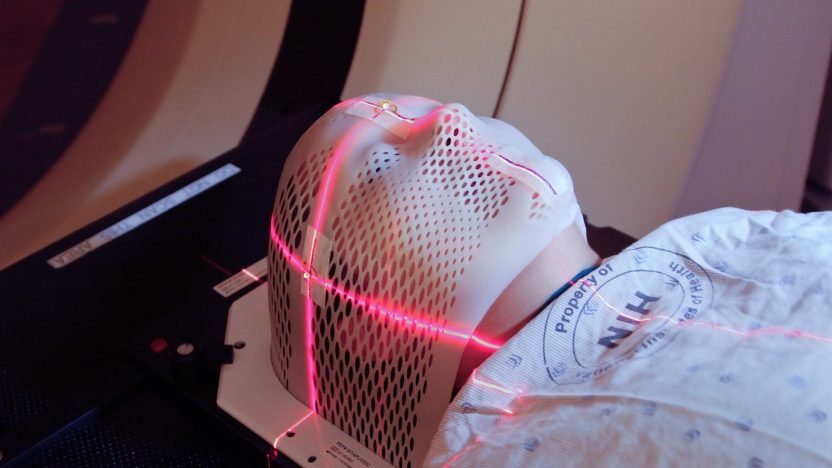Death is not an option
Biomedical gerontologist, Aubrey de Grey, explains why the elixir for life may be closer than we think.
by Alice Azzolini

English biomedical gerontologist Aubrey de Grey is the chief science officer at SENS Research Foundation and vice president of New Technology Discovery at AgeX Therapeutics, Inc. and SENS. He is author of The Mitochondrial Free Radical Theory of Aging (1999) and coauthor of Ending Aging (2007). De Grey, who founded SENS in 2003 and was an early advocate of regenerative medicine to stop aging, is considered an anti-aging pioneer, and has often said the focus is not indefinite life, it’s trying to prevent people from getting sick when they age. The non-profit he founded works on the development of what he calls “strategies for engineered negligible senescence,” a collection of proposed techniques to rejuvenate the human body and stop aging. In this respect, de Grey has identified seven types of molecular and cellular damage caused by essential metabolic processes; SENS is a proposed panel of therapies designed to repair this damage. In the early days of his research, his ideas were not always well received, but in the last few years, they have been catching on — so much so that there is an anti-aging industry worth billions of dollars.
Do you remember the moment when you decided to devote your life to defeating aging?
When I was eight or nine years old, I realized that what I wanted to do with my life was to make as big a difference as I possibly could in terms of improving the human condition. My mother was trying to get me to practice the piano, but I didn’t really fancy it: there were a lot of other good pianists already, and having one more would not have changed the world. I recognized that the people who make the most difference were scientists, so I started studying programming, and decided that the particular problem for humanity was that of work. The fact that people have to spend so much of their time doing stuff that they would not do unless they were being paid for it can be solved with automation.
So you went into computer science?
After I graduated, I spent seven years working in artificial intelligence research. But then, I had a second revelation, which happened more progressively. While I was an AI researcher, I met and married a biologist. Through her, I discovered that most biologists were not interested in aging, and very little was being done about it. This was a complete revelation — I had always assumed that aging is the world’s biggest problem, the one that causes the most suffering. And it seemed a larger issue than work. I didn’t think I was an exceptional programmer, so I thought I would let the biologists get on with that problem. Discovering that few biologists were studying aging, at around the age of 30, I switched fields.

Aubrey de Grey
Is there a univocal definition of aging?
Yes, there is, but it is distorted and misstated all the time. As I define it, aging is the combination of two processes, one that goes on throughout life and one that starts later. The first one is that the body damages itself as a consequence of its normal operation — something which is no different from the way that a simple man-made machine damages itself: if you drive a car, then it’s going to accumulate rust slowly but steadily. The second process is that, later in life, the damage starts to cause loss of function. In the case of a car, eventually, the doors fall off. In the case of the human body, eventually, we start to get the chronic progressive health conditions of late-life. The reason why that process only happens later is because both machines (the body, and the car) are set up to tolerate only a certain amount of damage without a significant decline in function. But, eventually, that amount is exceeded. And that’s what aging is: usually, people refer to the second of the two processes, while biologists will only mention the first one. A huge part of the reason why people had not figured out how to fix aging, is because of that confusion about what aging is.
Both Western and Eastern philosophy considers aging as a period of wisdom and serenity, devoted to transmitting information and knowledge to our kin.
These are just ways that we distract ourselves from the actual thing that aging is — namely, the progression of sickness and death. We all know perfectly well that the decline in function of a simple man-made machine is not an inevitable feature of life. The reason we have 100-year-old cars is because cars are simple enough that we already know how to do the comprehensive, preventative maintenance that is required to keep a car going just as well as when it got built for as long as we like.
Most studies say that biologically we could live up to 120 years only.
It’s correct today, because we do not have the medicine to perform the best comprehensive preventative maintenance on ourselves. But once we do have that medicine, we will be in the same position as a 100-year-old car. If you went back 100 years and told a car manufacturer that a car would last 100 years, they would have laughed at you. But today, that’s not the case. And it’s exactly the same with the body.
What could be the impact of having a society made of people that could theoretically live indefinitely?
I’m not a sociologist or a politician. But that’s why I spend so much of my time talking to people who are professional economists, sociologists, and so on. I’m giving them the information about what’s coming medically so that they can figure out how to optimize the transition into a post-aging world.

Cryostats,Cryonics Institute, Clinton Township,Michigan. April 2010. Six patients are stored in each one.
Are you testing something on yourself?
I haven’t done that yet because of a combination of two things. Number one, the therapy is not ready yet. And number two, I’m still doing very well. It’s a case of the risk-benefit ratio. I have not yet got to the point of justifying doing anything experimental.
How important is perception when it comes to radical ideas?
People have to realize that this radical idea is good for them and that they want it. Developing this medicine is something that costs money, and the money has to come from somewhere. Science has genuinely progressed: now there is an industry, a private side consisting of startup companies that are developing products and medicine that is not yet available. Every step forward in the laboratory constitutes one more piece of de-risking of the project, and therefore an improvement in the attractiveness to investors. SENS Research Foundation is definitely still a nonprofit, nevertheless, our business model is to take projects far enough along so we can span them out. The conversation around life length has improved: people are taking medical control of aging more seriously as an idea. And I would take some of the credit for that.
Almost 15-years-ago, you mentioned a detailed roadmap for defeating aging. Are we on track?
In 2004, I said it would be about 10 years before we reached a decisive level of control over aging in mice. After reaching that milestone, it would be another 15 years before we did the same in humans. However, there is a caveat on both of those numbers. The first one is probabilistic: there was a 50 percent probability that this could happen within 10 years, and at least a 10 percent chance that we would not defeat aging in humans for 100 years. Another variable is funding. It would only be that rapid if the amount of money that was supporting this research was sufficient — and at that point, progress was going three times slower than it could. Back then, I thought that it would be reasonably easy to bring in the money, which, of course, it wasn’t, and the timeframe definitely flipped. But the situation got better since then, and my timeframe is coming down more rapidly: I now think that we are probably between three and five years away from the mouse milestone, and probably only about 17 years away from the human milestone.
So you still think that the first person to live to 1,000 is already alive?
Yes. And they’re probably in their 50s.


